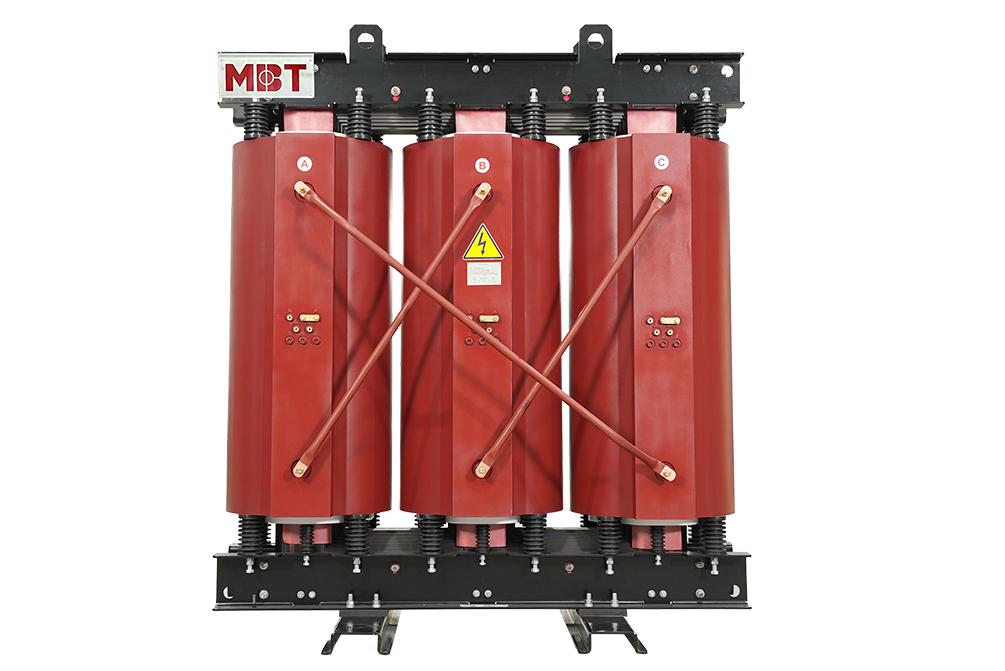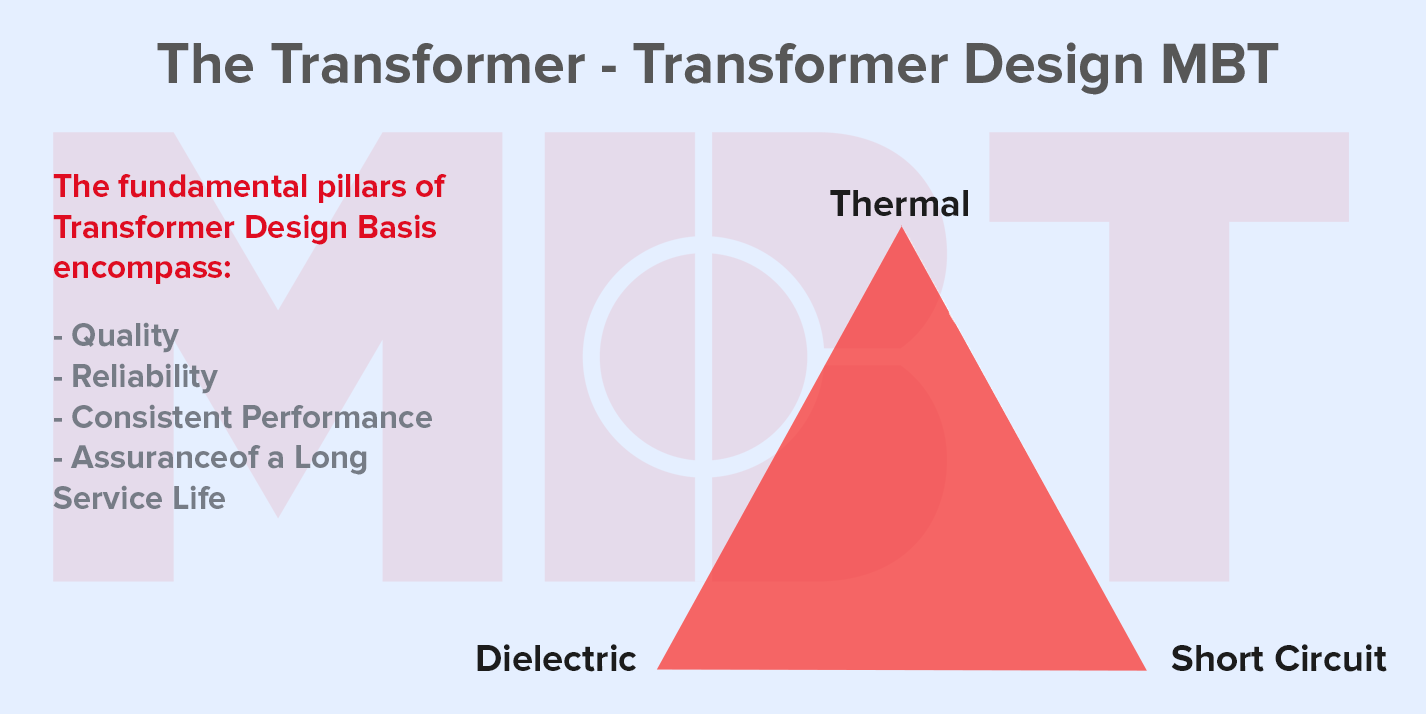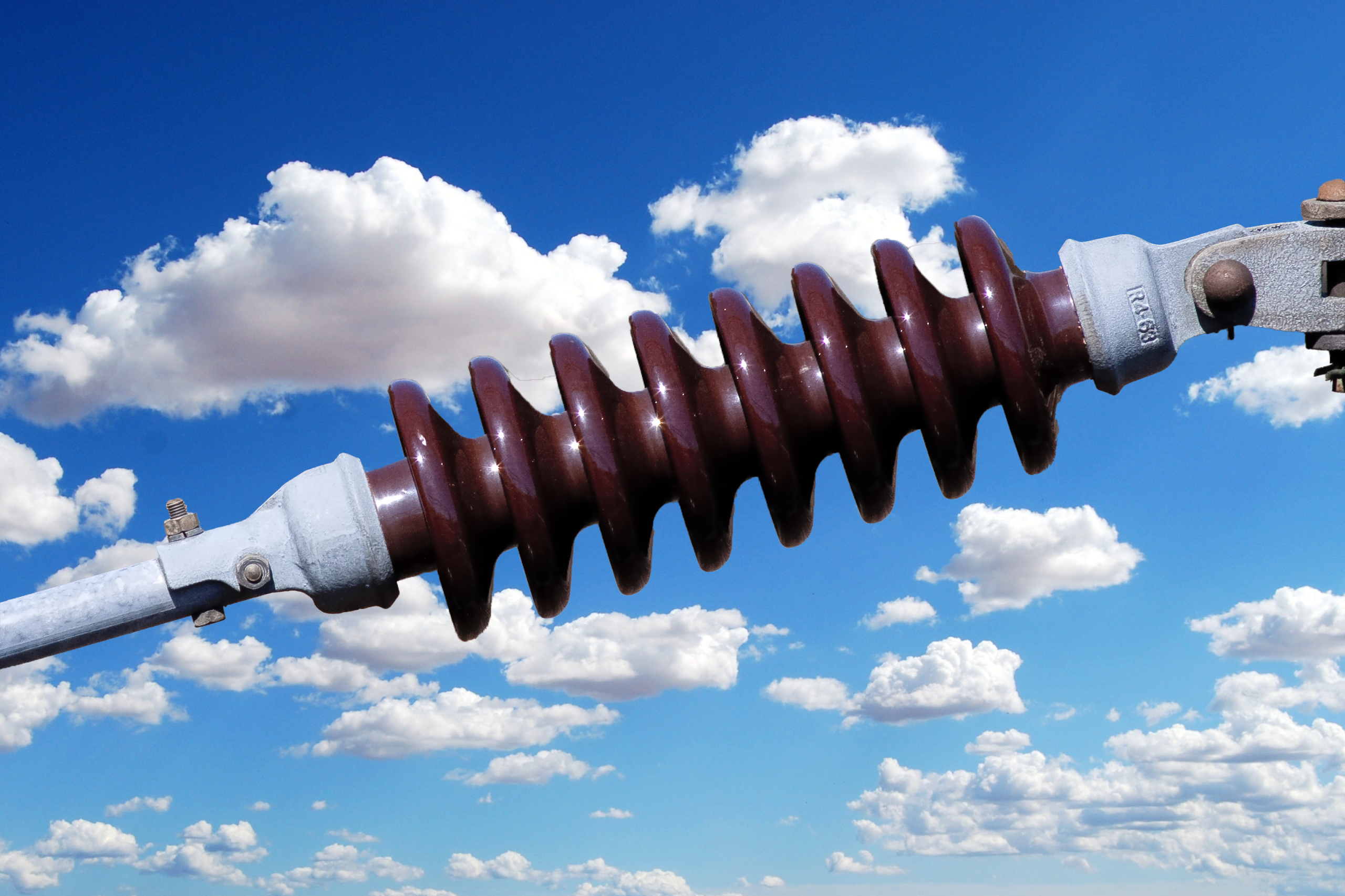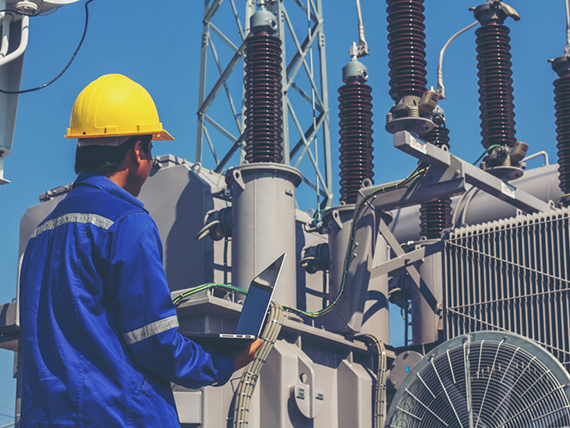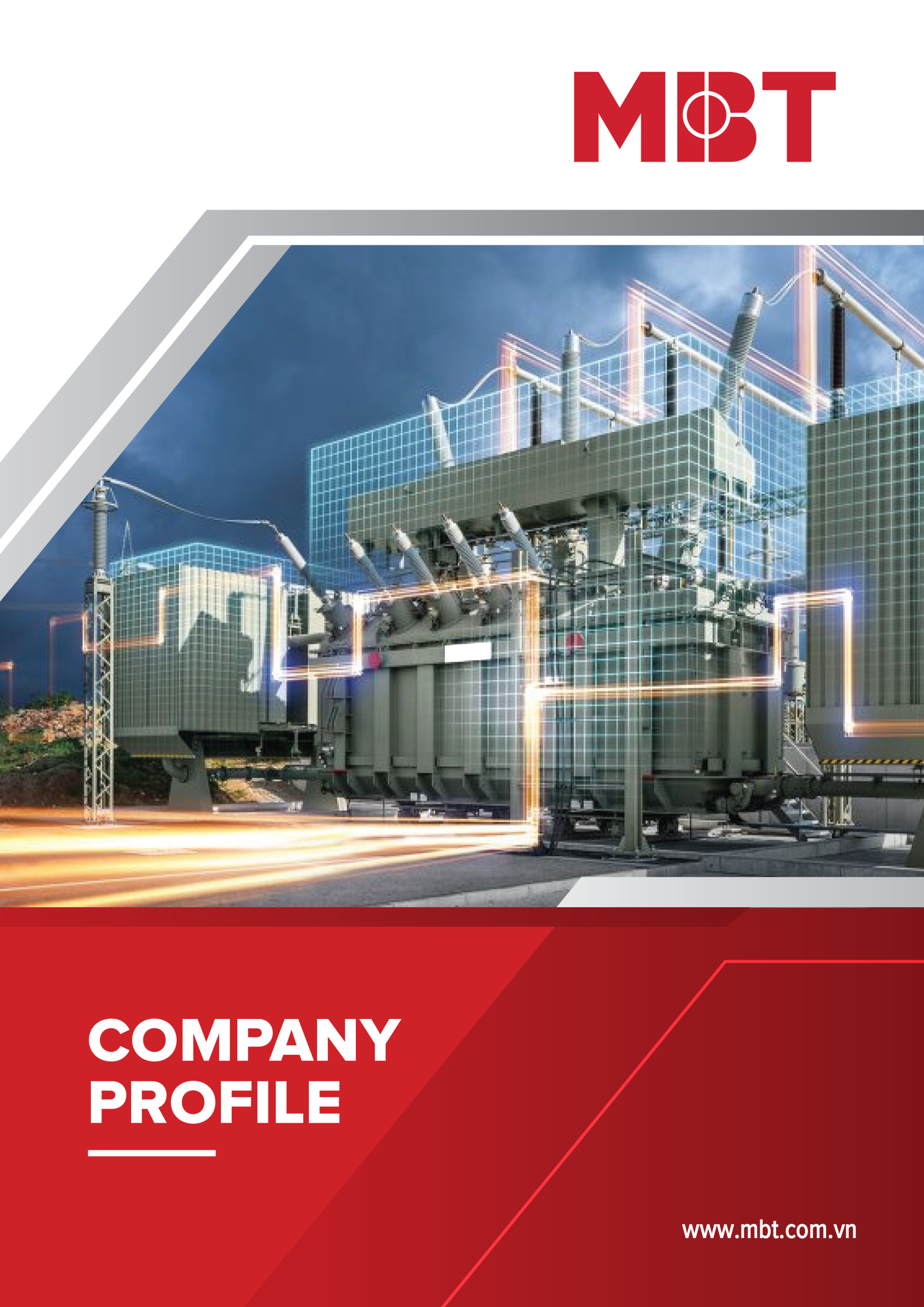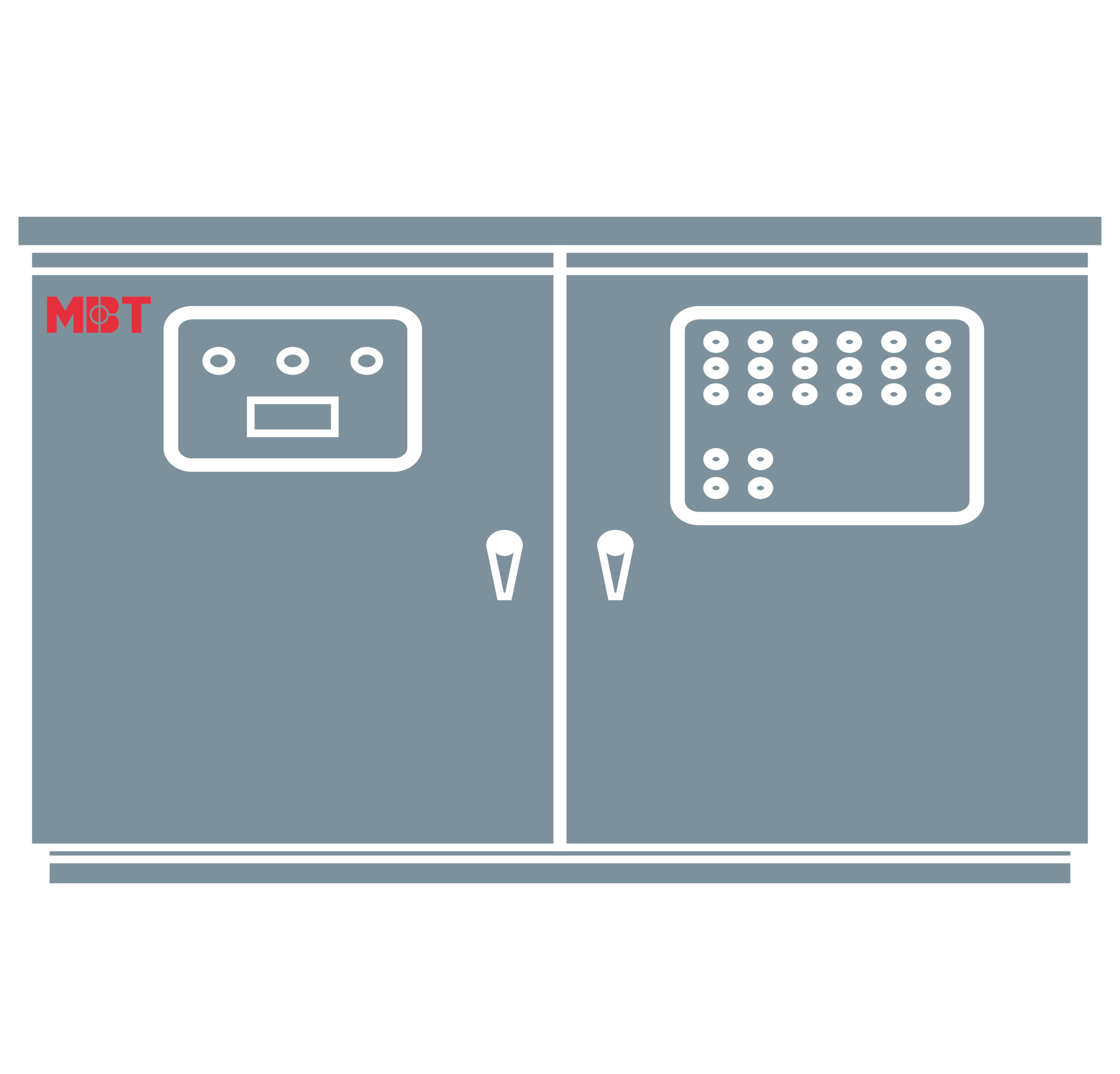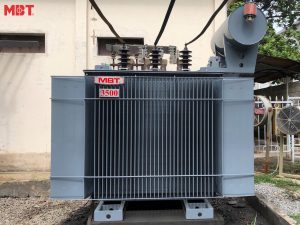
Difference between Step-up and Step-down transformer
What is the difference between step-up and step-down transformer?
A transformer is a static device that transfers alternating electricity from circuit to circuit at the same frequency, but the voltage level usually varies. For economic reasons, electrical energy must be transmitted at high voltage while it must be used at low voltage from a safety point of view. This increase in transmission voltage and reduced voltage for use can only be achieved using the step-up transformer and step-down transformer.
The main difference between the step-up and step-down transformer is that the step-up transformer increases the output voltage, while the step-down transformer reduces the output voltage.
Table of Contents
1. Comparison Chart
| Sr. No. | Step-up Transformer | Step-down Transformer |
| 1 | The output voltage of the Step-up transformer is more than that of the source voltage. | The output voltage of the Step-down transformer is less than that of the source voltage. |
| 2 | LV winding of the transformer is the primary, and HV winding is secondary. | HV winding of the transformer is the primary, and LV winding is secondary. |
| 3 | The secondary voltage of the Step-up Transformer is more significant than its primary voltage. | The secondary voltage of the Step-down Transformer is less than its primary voltage. |
| 4 | The number of turns in the primary winding is less than the secondary winding. | The number of turns in the primary winding is more than the secondary winding. |
| 5 | The primary current of the transformer is more than the secondary current. | The secondary current is more than the primary current. |
| 6 | A Step-up transformer is generally used for power transmission. Generator Transformer in the power plant is one example of a Step-up Transformer. | A step-down transformer is used in power distribution. The transformer in the residential colony is one example of a step-down transformer. |
2. Definition
a. Step-up transformer
The step-up transformer is a type of transformer with the function of converting low voltage (LV) and high current from the transformer's primary side to high voltage (HV) and low current value on the transformers' secondary side.
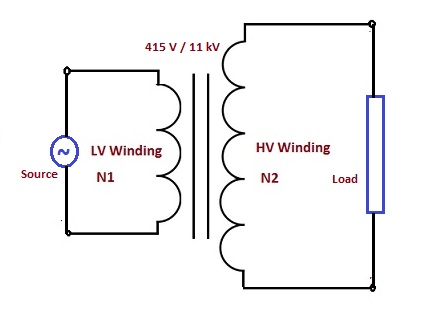
b. Step-down transformer
The step-down transformer is a type of transformer that converts high voltage (HV) and low current from the primary side of the transformer to low voltage (LV) and high current value on the secondary side of the transformer.
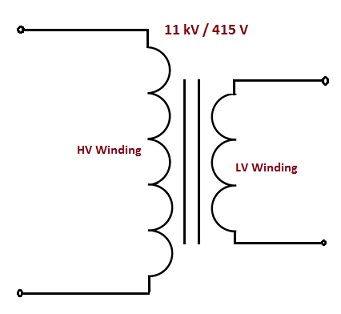
3. The major difference between a step-up transformer and a step-down transformer
– When the output (secondary) voltage is greater than the input (primary) voltage, it is called a step-up transformer. In comparison, the output (secondary) voltage of the step-down transformer is smaller.
– In a step-up transformer, the low voltage winding is the primary coil, and the high voltage winding is the secondary winding. In contrast, in a step-down transformer, the low voltage winding is the secondary winding.
– In a step-up transformer, the current and magnetic field develop less on the secondary, and it grows high on the primary. In contrast, in a step-down transformer, the secondary end's voltage is lower due to there, the high current and magnetic field.
* Note1: The electric current is proportional to the magnetic field.
* Note2: According to Ohm's Law, the voltage is proportional to the amperage. If we increase the voltage more than the amperage will also increase, but in the transformer to transmit the same amount of electricity, if we increase voltage, then current will decrease and versa. Therefore, the capacity is constant in the send and receive terminals of the transformer.
– In a step-up transformer, the primary coil is made up of thick insulated copper wire, and the secondary is made up of thin insulated copper wire. In contrast, in a step-down transformer, the high output current results in the insulating copper thick are used to fabricate the secondary coil.
*Note3: The thickness of the wires depends on the electric current's ability to flow through them.
– The step-up transformer extends the voltage from 220v-11kv or more, while the step-down transformer reduces voltage from 440-220v, 220-110v or 110-24v, 20v, 10vv.
4. Point to Remember
The same transformer can be used as a step-up transformer or step-down transformer. It depends on how it is connected in the circuit. If the input supply is supplied on the low-voltage winding, it becomes a step-up transformer. On the other hand, if the input power is supplied on the high voltage winding, the transformer becomes a step-down transformer.






